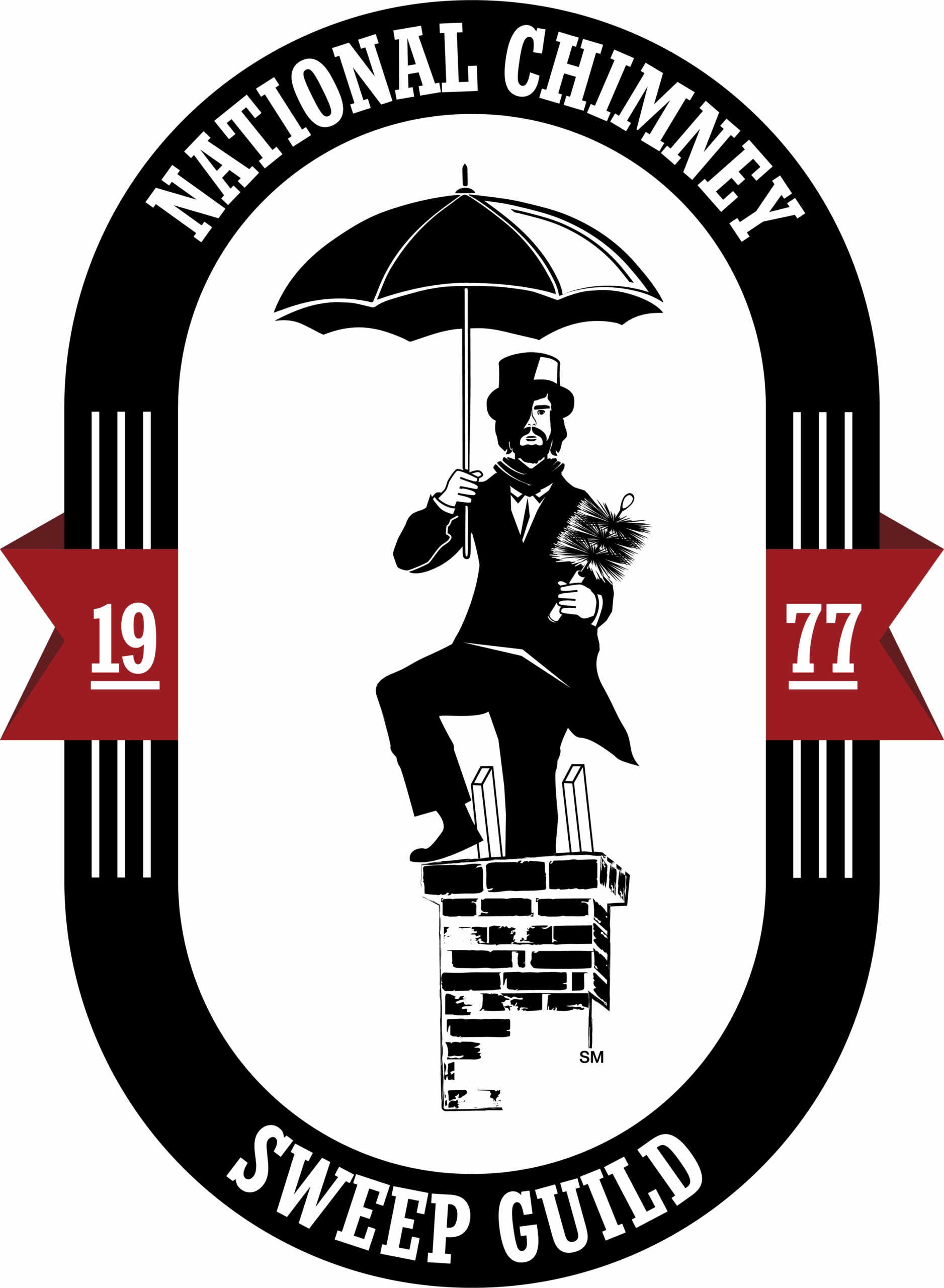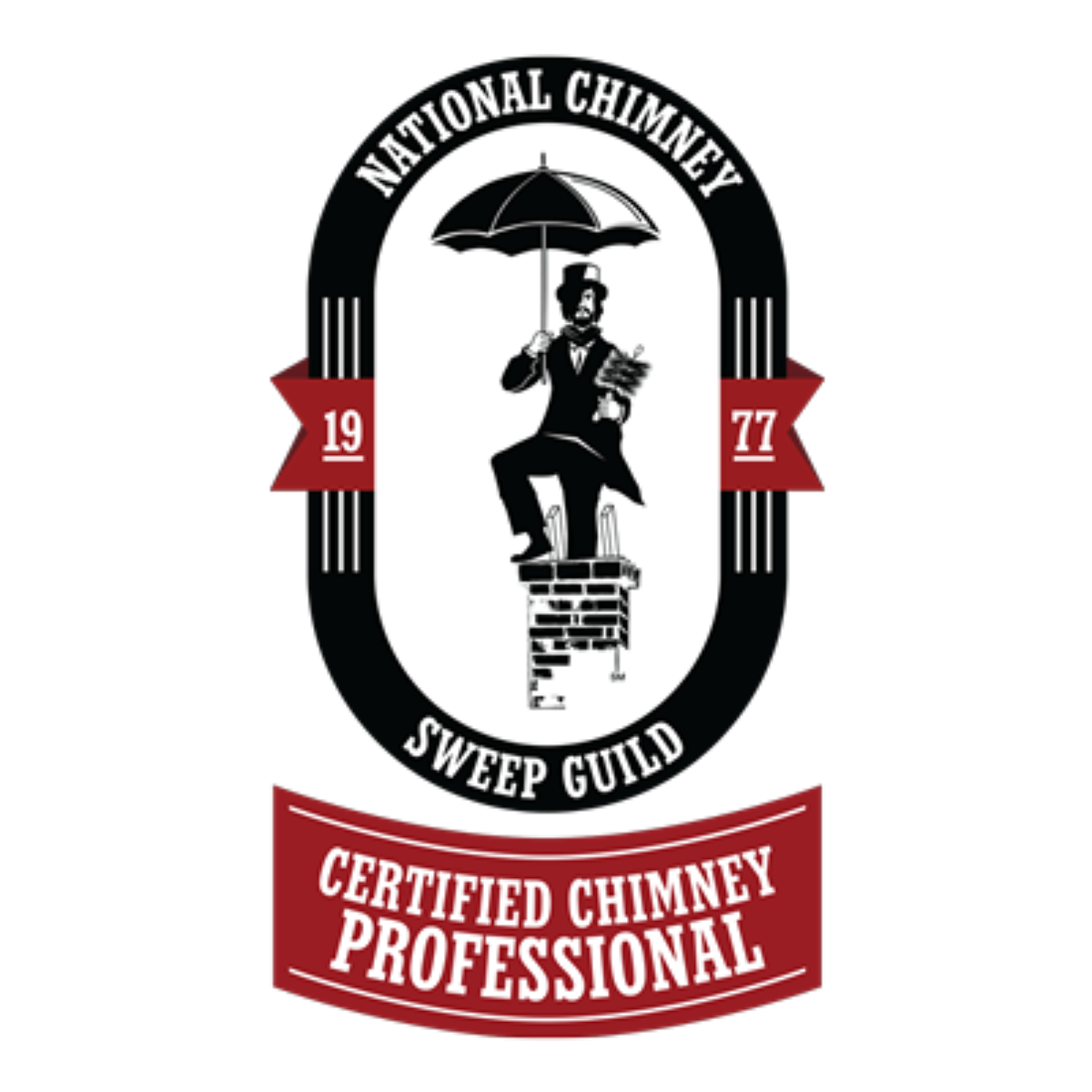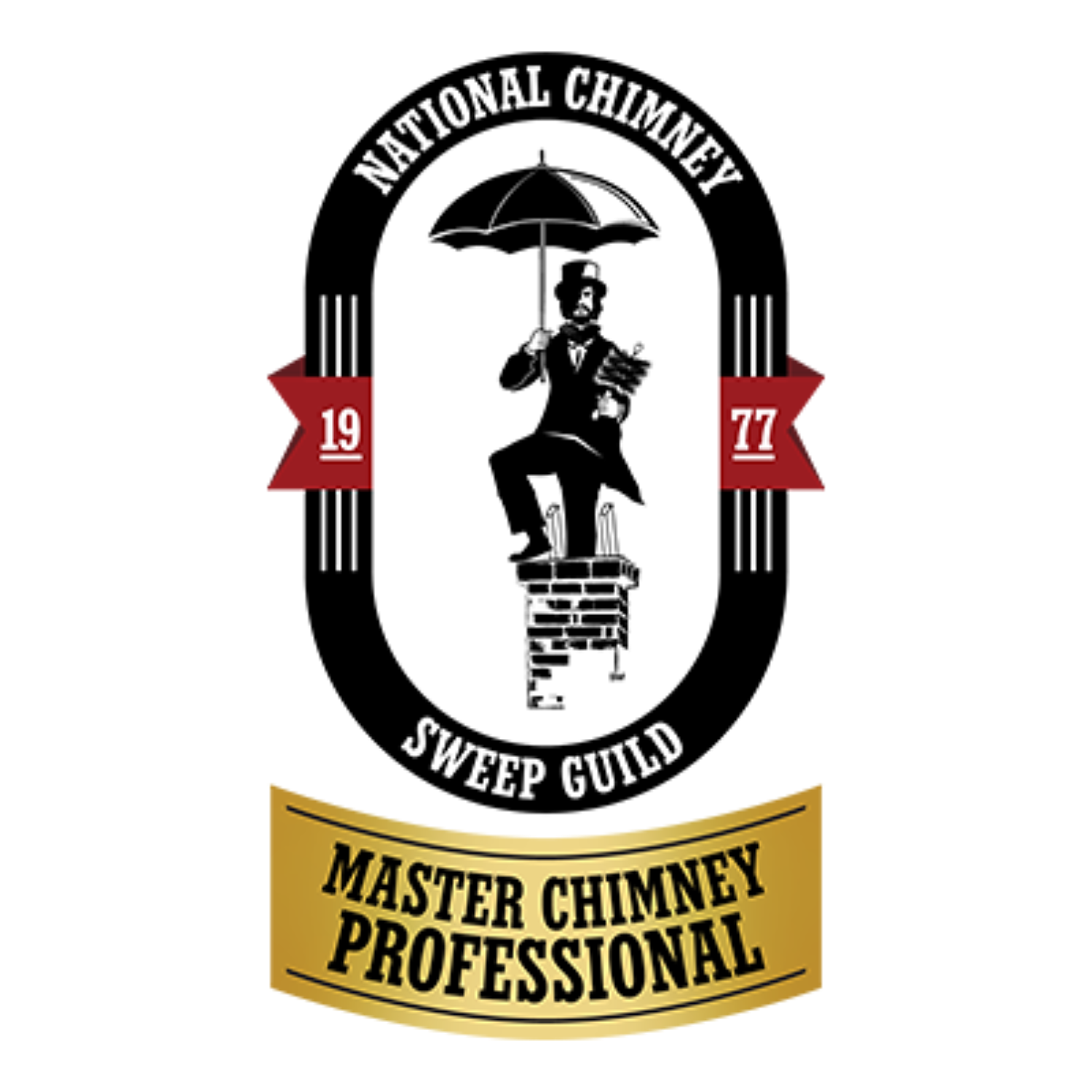Winter Fireplace Prep: An Easy Guide
With the cold weather here, you’re probably ready to start those fires and relax with your family, but winter fireplace prep is needed. There are a few tasks you need to add to your to-do list before you light the first match. You’ll want to start by calling a Certified Chimney Professional so that you can be confident that your fireplace is working as intended. Here are a few ways that you can get your fireplace ready for winter so that it’s safe and enjoyable.
Hire an Experienced Chimney Sweep
To have fires and a relaxing atmosphere, you’ll want to enlist the services of a professional chimney sweep once a year. The best time to do it is before the cold weather hits and you’ll want to use your fireplace over and over again. However, if you can’t remember the last time you had your chimney swept then you need to call immediately to have them come and take a look. To help prevent chimney fires, this task needs to be at the top of your list and you shouldn’t light a single fire until you’ve had the pros come out and take a peak. 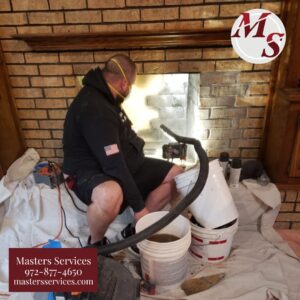
Have Your Fireplace Inspected by a Professional Chimney Company
Beyond having your chimney swept once a year, you’ll want to have a professional chimney sweep come in and inspect the outside of your fireplace to ensure that you don’t have any cracks or damage to the structure. Fireplace Inspections help avoid preventable dangers associated with using your chimney. Chimney professionals will help you with more useful winter fireplace prep tips and tricks. During the inspection, the chimney professional should check if the proper chimney cap or cover is on so that you don’t have wildlife, rain, and debris entering through the chimney into your home. These preventative measures will give your chimney longevity, as well as keep your home’s value intact. Click here to find a CSIA Certified Chimney Sweep near you by typing in your zip code.
An Open Functioning Fireplace Damper
The fireplace damper needs to be in good condition and an open position when using your fire. We get calls daily from homeowners saying they lit the fireplace and smoke flooded the room. Most times it is because the damper was broken or was not open. Fireplace dampers allow the smoke to continue up the flue and out of the home, while also fueling the fire with oxygen. During an annual chimney inspection, the chimney pro fessional.
fessional.
Winter Fireplace: Have the Right Firewood
When you get ready to have a fire, you’ll want to be sure that you have the right firewood that doesn’t lead to build-up in your fireplace as softwoods can. Please do your research before buying a cord of wood. Properly seasoned wood is the best choice as it won’t lead to an overabundance of creosote in your chimney and burn cleaner. You’ll want your wood, and be sure that you place it in a safe spot that is easy to access, but also away from any loose sparks that can start an unwanted fire. Stick with smaller fires and build up to larger fires to allow the chimney time to slowly warm up. A cold chimney mixed with a lot of heat at once will cause cracking and damage to the chimney system.
Smoke Alarms & Carbon Monoxide Detectors on Every Floor
Another important task before you begin having fires is to make sure that you have smoke alarms on every floor of your home and that they are working properly. Make sure your home is prepared by installing carbon monoxide detectors. This gas is often produced by using a gas fireplace, so it’s important to monitor the levels in your home.
Smoke Detector Pointers:
- Smoke Alarm Credibility: Be sure to buy smoke alarms that have a label from a well-known testing laboratory.
- Smoke Alarm Locations: Smoke alarms should be installed inside each bedroom, outside every sleeping area, and on every floor of the home, including the basement. On levels without bedrooms, install alarms in common areas like the living room or near the stairway to the upper level, or in both locations.
- Prevent False Smoke Alarms: Install smoke alarms at least 10 feet from a cooking appliance to reduce the number of false alarms while cooking.
- Operational Errors: Drafts may affect the smoke alarm’s ability to detect smoke. Don’t install smoke detectors near air ducts, windows, or doors.
For more information on proper smoke alarm installation visit the National Fire Protection Association’s website.
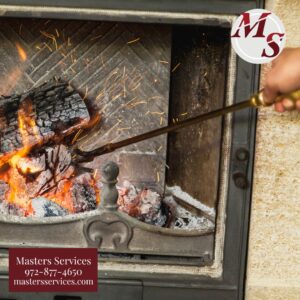 Have the Right Tools and Essentials for a Winter Fireplace
Have the Right Tools and Essentials for a Winter Fireplace
When you want to enhance your experience around the fire, be sure that you have the right tools and essentials on hand. If you burn wood, you will need to have a metal ash bucket and fireplace tools to do the proper daily maintenance. Remove cooled ashes into a fireproof bucket before lighting your next fire. Wood should never be burnt on the bottom of the firebox. Place all firewood directly on a grate. A fireplace screen should be in place to prevent embers from escaping onto the floor. Remove Christmas stockings when using the fireplace, as they are considered a fire hazard. Also, be sure that you keep decor and other flammable things away from this area. Don’t forget to have a fire extinguisher in a safe accessible location in your home.
Winter Fireplace Prep by the Best Chimney Sweep Near Me
By following these winter fireplace prep steps, you can be sure that your fireplace is ready to provide the warmth and ambiance of a cozy fire. Don’t forget to have your annual chimney inspection with a certified chimney sweep so that you can enjoy all of the benefits of having a working fireplace this winter.
Winter Fireplace Prep is a helpful way our team at Masters Services Chimney & Masonry can hel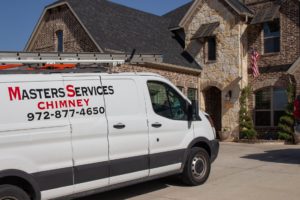 p inform our neighbors. Whether you need a Certified Chimney Sweep to install a new fireplace damper, complete a fireplace inspection, or install a new chimney cap we got your back. Visit Contact Us Today or call 972-877-4650 if you are interested in scheduling our services in the Dallas, Fort Worth, Houston, or Oklahoma City areas.
p inform our neighbors. Whether you need a Certified Chimney Sweep to install a new fireplace damper, complete a fireplace inspection, or install a new chimney cap we got your back. Visit Contact Us Today or call 972-877-4650 if you are interested in scheduling our services in the Dallas, Fort Worth, Houston, or Oklahoma City areas.







